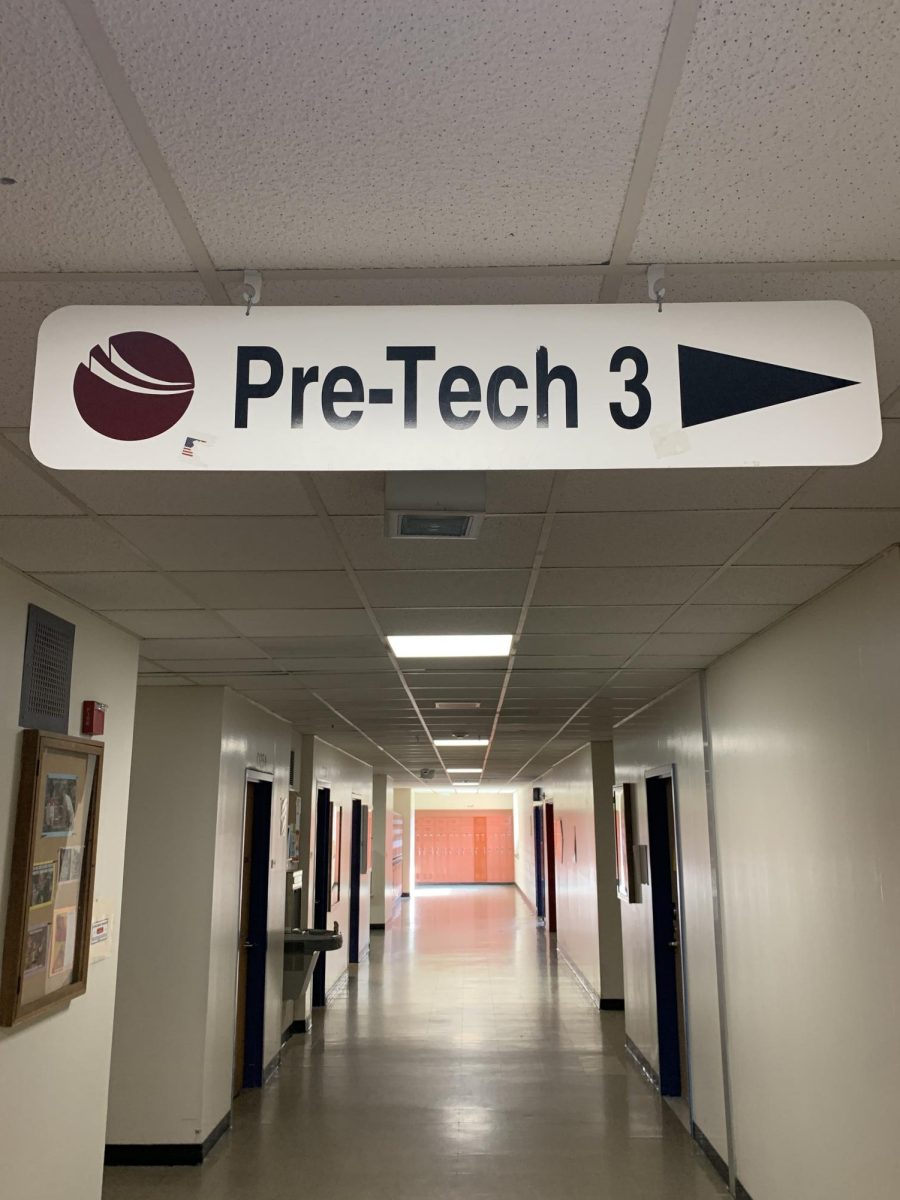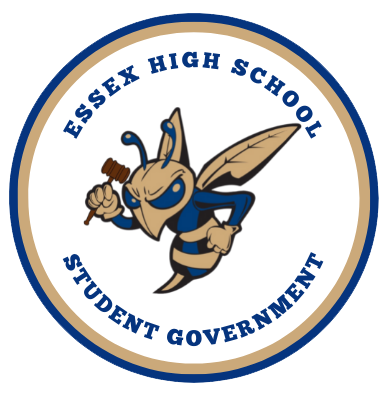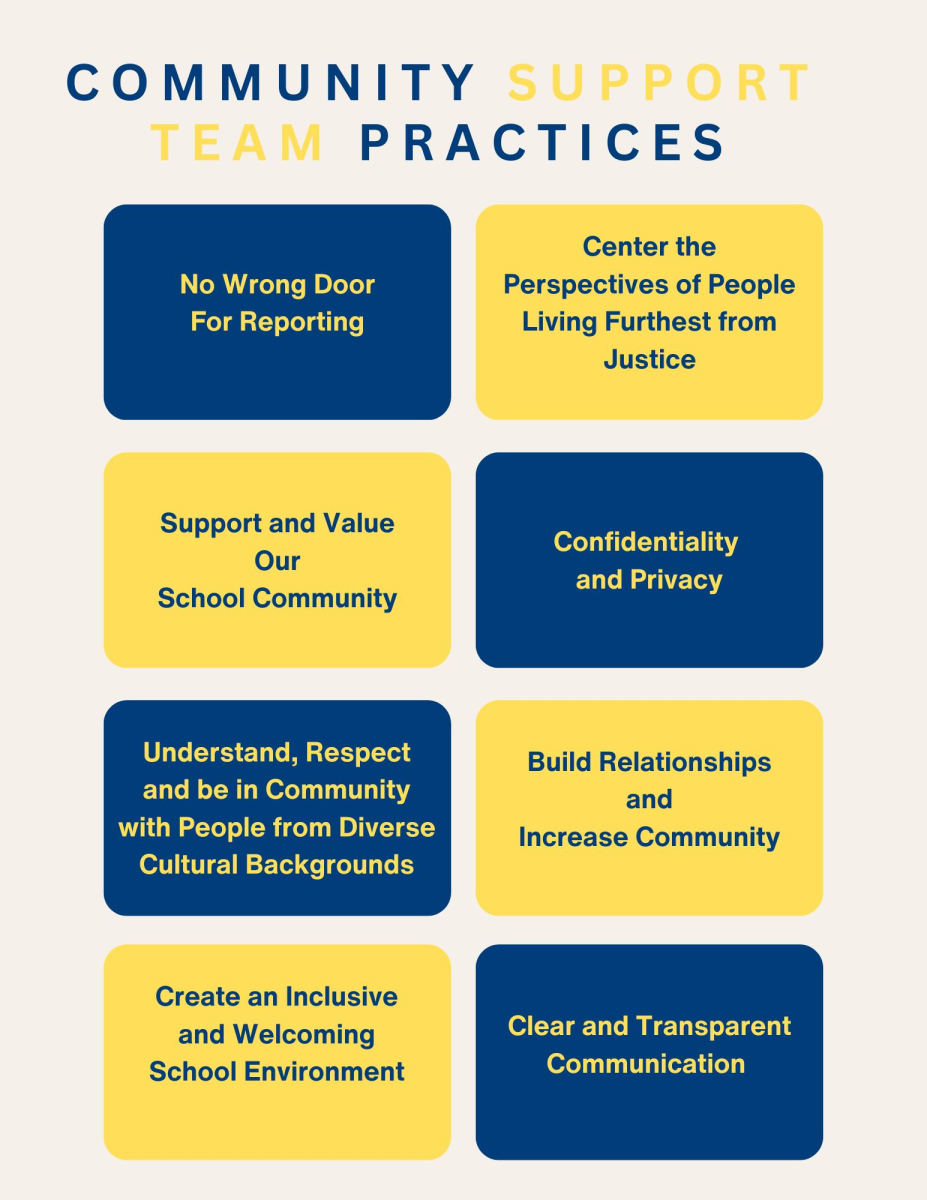We Should Eat Lower on the Food Chain
May 12, 2023
Many health-conscious individuals have already cut back on hamburgers, steak, and deli meats, often by switching to poultry and seafood. “Those protein sources are better than beef, and not just because they’re linked to a lower risk of heart disease, diabetes, and cancer,” says Christopher Golden, assistant professor of nutrition and planetary health at the Harvard T.H. Chan School of Public Health. “Chicken and fish are also better for the environment, as their production uses less land and other resources and generates fewer greenhouse gas emissions,” said Golden.
An often overlooked fact is that eating smaller fish like anchovies, herring and sardines, and bivalves such as clams, oysters and scallops can amplify those benefits. It’s much more beneficial to your health and the environment when you replace terrestrial food sources – especially red meat – with aquatic food sources (Source 1).
Bryan Hirschman, the Marine Biology teacher at Essex High School says that, “It’s more environmentally friendly to eat lower on the food chain. It’s better to eat the smaller fish we are catching to turn into food for larger fish rather than eat the larger fish themselves. Also, the lower on the food chain you go, you’re less likely to have mercury and other heavy metals from bigger fish because of bioaccumulation.” 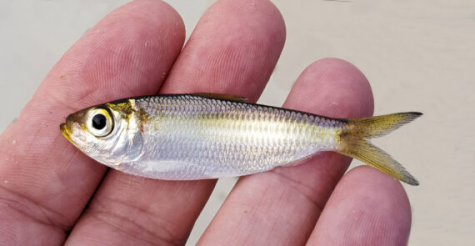
Anchovies, sardines and herring are all excellent sources of protein, micronutrients like iron, zinc, and vitamin B12, and heart-healthy omega-3 fatty acids, which may help ease inflammation within the body and promote a better balance of blood lipids. Lipids are fats in the body, so having a healthy balance of blood lipids can make energy for your body. Since you often eat the entire fish – including the tiny bones, you are also receiving calcium and vitamin D (Sources 2 and 4).
Eating small fish decreases the risk and effects of biomagnification. A quick explanation of biomagnification is when predators higher on the food chain such as fish, birds, and marine mammals build up greater and more dangerous amounts of toxic materials than animals lower on the food chain. And thus when humans eat the biomagnified fish, we now ingest these greater amounts of harmful materials. According to the National Oceanic and Atmospheric Administration or NOAA, “Biomagnification can make humans more prone to cancer, kidney problems, liver failure, birth defects, respiratory disorders, and heart diseases” (NOAA).
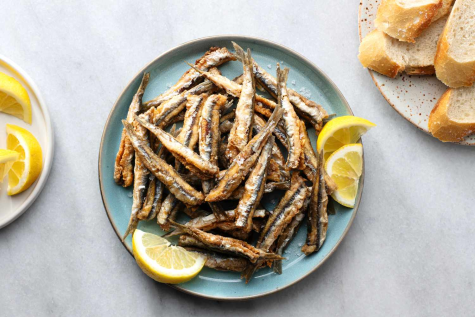
It’s also more environmentally friendly to eat small fish directly instead of using them to make fish meal, which is fed to farmed salmon, pork, and poultry. Feed for those animals also includes grains that require land, water, pesticides, and energy to produce (Source 3).
Now what about bivalves? Bivalves are two-shelled aquatic creatures that include clams, oysters, and scallops. They are good sources of protein but are quite low in fat, so they aren’t as rich in omega-3’s as small, fatty fish. However, bivalves contain several micronutrients, especially zinc and vitamin B12. Zinc contributes to a healthy immune system, and vitamin B12 helps form red blood cells that carry oxygen and keep nerves throughout the body healthy (Source 3).
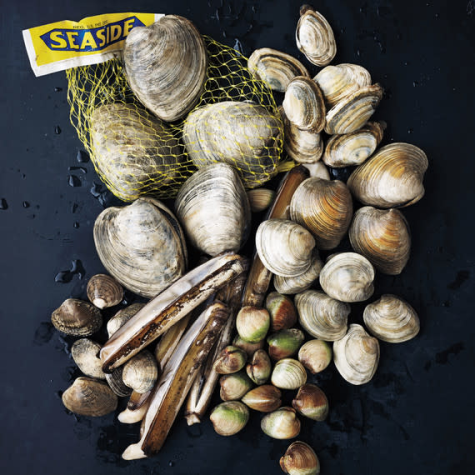
They are very beneficial to planetary health, and bivalves are among the best sources of animal-based protein. They don’t require fish feed because they are filter feeders and eat plankton. This means that they simultaneously clean the surrounding water and provide the perfect environment for kelp gardens (Source 2).
Going even further down the food chain, aquatic plants are also a very good choice for healthy and nature friendly food. Seaweed is low-calorie, a good source of fiber, and contains iodine, a mineral required to make thyroid hormones. Similar to terrestrial vegetables, seaweeds contain a range of other minerals and vitamins (Source 2).
Seaweed of course is very environmentally friendly. Seaweed can remove toxins from seawater as it grows and provide key habitats for fish nurseries. The aquatic plant also grows very fast so it can be farmed to feed humans AND it would grow back fast enough for spawning fish to lay their eggs and hide from predators. Farmed seaweed has been shown to absorb 20% more carbon dioxide than it produces.
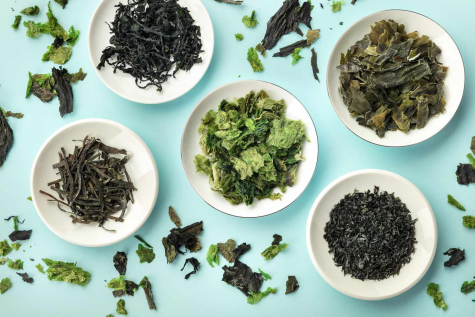
If you are still not on board with the idea of eating low chain seafood, here are a few links to some recipes that utilize these super foods.
Pickled Herring in Vinegar [Easy RECIPE!] | Polonist
41 Best Anchovy Recipes, Including Anchovy Pasta, Salad Dressings, and More | Epicurious
24 Clam, Oyster, and Mussel Recipes for Shellfish LoversAny small fish, bivalve and seaweed recipe from Bon Appetit would be sufficient as well.
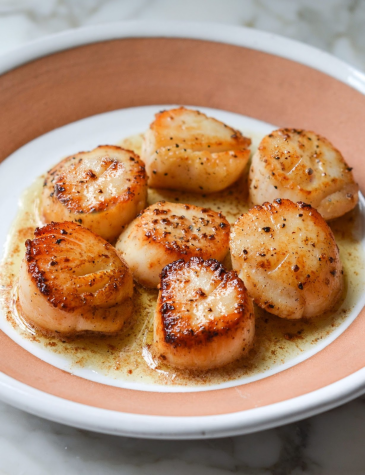
When you want to know what seafood you should eat, Hirschman recommended “To use the Monterey Bay aquarium website and the Seafood Watch App,” (Seafood Watch App).
Eating lower on the food chain has many benefits: it is more affordable than bigger species such as tuna and swordfish; it is extremely environmentally friendly; it doesn’t support big fishing industries; it discourages overfishing and it provides essential habitats to other marine life. More importantly it breaks our old habits of eating higher on the food chain.
Just because we have the capability to eat as high on the food chain as we want, that doesn’t mean we have the right to abuse the entire ocean ecosystem.
Citations:
Source #1 Why We Should All Eat More Small Fish – Modern Farmer
Source #2 Health Benefits of Fish | Washington State Department of Health
Source #3 Encyclopedia Britannica
Source #4 No more fish in the sea


